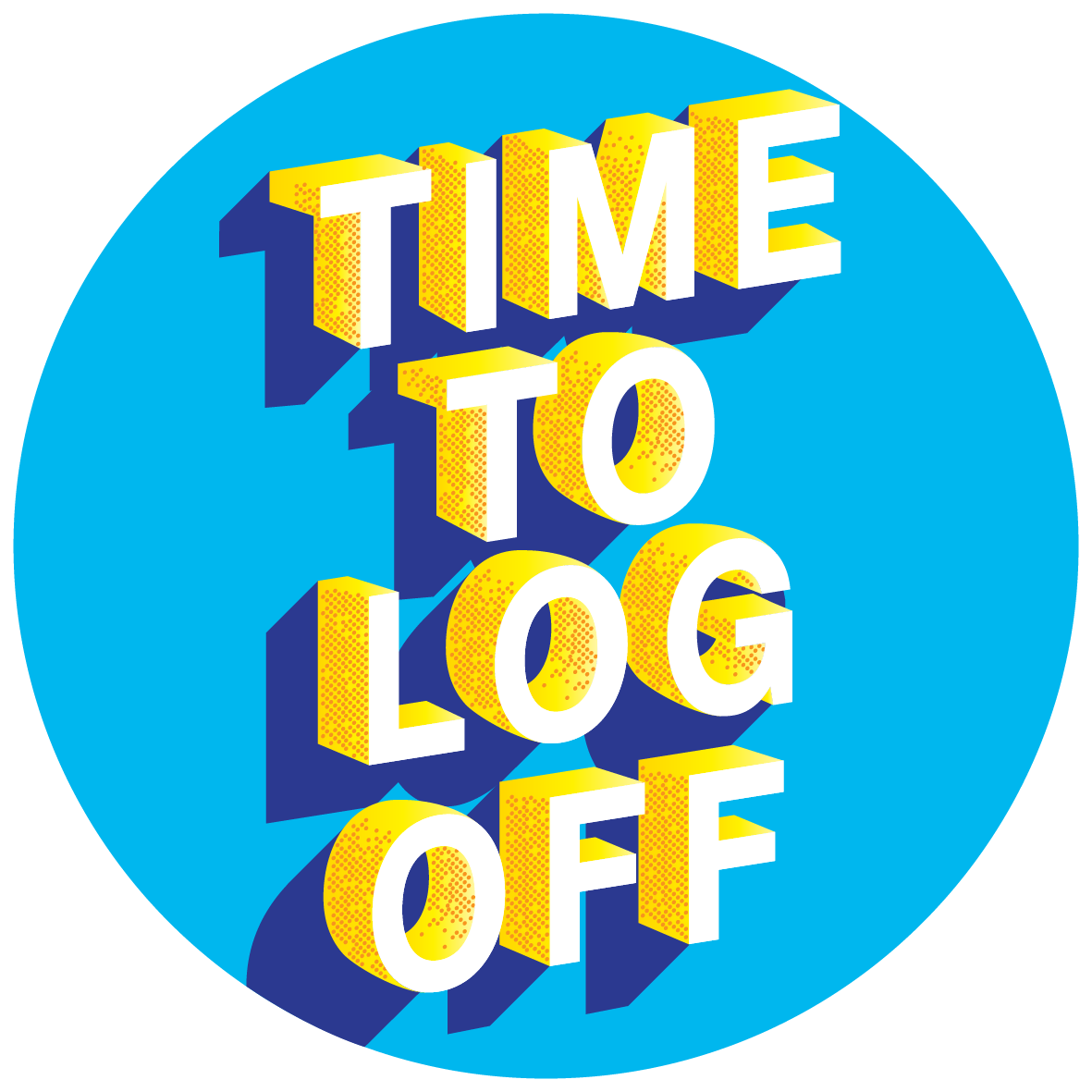
21 Jun 4 Things You Didn’t Know About Digital Wellness
You may have heard the term ‘digital wellness’ or ‘digital wellbeing’ being bandied about a lot lately without much idea what it’s about. Digital wellbeing is a relatively new area of the whole wellness area and focuses on our physical and psycho-social health in a digital world.
Given the continually multiplying digital tech we all use, how our health and wellness might be affected is becoming a growing field of interest. A number of very specific conditions have already arisen as a result of the amount of time we are all are spending on digital devices: there’s gaming addiction, which the World Health Organisation listed as a mental health condition only at the very start of this year; there’s the fear and anxiety of being away from mobile phones, officially called ‘nomophobia’; there are the behavioural addictions such as internet and social media addiction; and there’s also a growing number of physical issues such as digital eye strain and ‘text neck‘.
So, with the increase of tech has come increased related health issues, and this has been the catalyst for a movement which wants to learn about and develop ‘digital wellness’; being more responsible about our digital use and also using technology in our personal lives to encourage wellness activities. We’ve put together four things you may not know about digital wellness.
#1 Digital wellness is just as important as any other kind of wellness
Enough research has now been that links the overuse of digital to mental health issues to debunk the idea that looking at digital wellbeing is a fad. Digital covers a wide range of technologies and daily habits, but perhaps the biggest trigger of mental health issues from the tech world is found in the use social media. A study by The Royal Society for Public Health looking at links between social media and mental health found that Instagram was the worst for young mental health. The effects included FOMO, bullying, body image issues, anxiety and loneliness. These are all major issues for young people, and underline the emphasis we should be putting on our digital wellbeing. Not only should we be more responsible for our own social media usage, but more must and should be done to help young people deal with the pressures of social media, and to educate them on some of the problems it can cause if not used responsibly.
#2 A group of behavioural scientists and developers are trying to put users back in control of their digital wellbeing
In Silicon Valley, a small number of behavioural scientists and former developers are trying to counterprogram against the huge amount of distractions our phones offer on a day-to-day basis. From emails, to friend request to news alerts; it’s no secrets that our phones can sometimes take over, but Nick Fitz, a behavioural researcher at Duke University conducted an experiment to prove this. Tracking the smartphone use of more than 200 people, he found that most of them received 60-85 notifications a day. Eliminating alerts resulted in two interesting things; it caused a spike of anxiety with people reportedly feeling like they might be missing out on things (FOMO), but as well as this their stress levels dropped. With this knowledge he worked with his team to develop software that allows users to track their screen time and be armed with self-knowledge to improve their own digital health.
#3 Tech giants Google and Apple have developed apps to try and do the same
Nick Fitz’ technology has been sold to both Google and Apple, who have each factored it into their new features. At a recent conference, Apple announced the release of Screen Time, using the Nick Fitz’ software, which will include detailed activity reports, and allow users to set limits for the amount of time they spend on the various apps they use. Similarly, Google’s new user-friendly dashboards in their Digital Wellbeing app let you get a detailed view on where you’re spending your time. So companies partly responsible for our tech-focused lives in the first place, are now seemingly doing their bit to try improve our digital wellbeing.
#4 Digital can itself be used to encourage digital wellness
Rather than thinking of improving our digital wellness as detoxing from technology altogether, we should also consider how digital itself can be used to improve our digital wellness. This is the approach that both Google and Apple have taken with recent software releases, and something encouraged by a number of smaller technology companies too. From time monitoring apps to mindfulness meditation and reminders to get off screens, digital has an important role to play in encouraging digital wellness.
In theory, we should be able to work out how to achieve an optimum state of health and wellbeing for everyone using tech in their daily lives. Whilst there’s a lot we can discuss around the negative impact technology can have, we could also focus on the positives more – particularly the role of digital in in the health sector. One thing is for sure this new field of digital wellness is here to stay.




Sorry, the comment form is closed at this time.